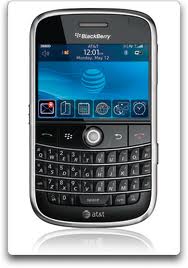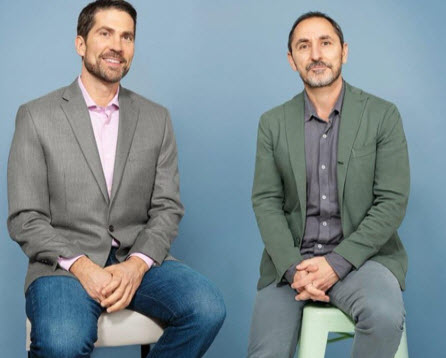Blackburied.
I have a Blackberry Bold – not sure which model number. I bought it two days before my need for reading glasses began. Double u tee ef. Today without reading glasses I came across an ad in The New York Times in which Blackberry exclaims “Our browser should have a racing stripe.” Is someone kidding me? I had to read it because it felt joke-ish.
I’ve yet to have a good web experience on my BB since purchasing it. Were the ad to have said “New Browser” I wouldn’t feel so mislead but it just said browser. I know some of it is Verizon. Some has to do with WIFI Web access vs. digital phone service access, but this claim is absurd. And maddening.
Blackberry users, dwindling though they may be, tend to be older. A 2” X 1.5” screen for that audience is como se silly.
Domino’s Pizza realized their Pizza needed fixing and did so. I’m not sure what RIM is doing about its technology and customers, but teasing us with untruths, or perceived untruths is not marketing. It’s pizzling all over us. Peace.
PS. Can’t wait for the Lumia 900 to come to Verizon with Microsoft Tiles for Mobile.






